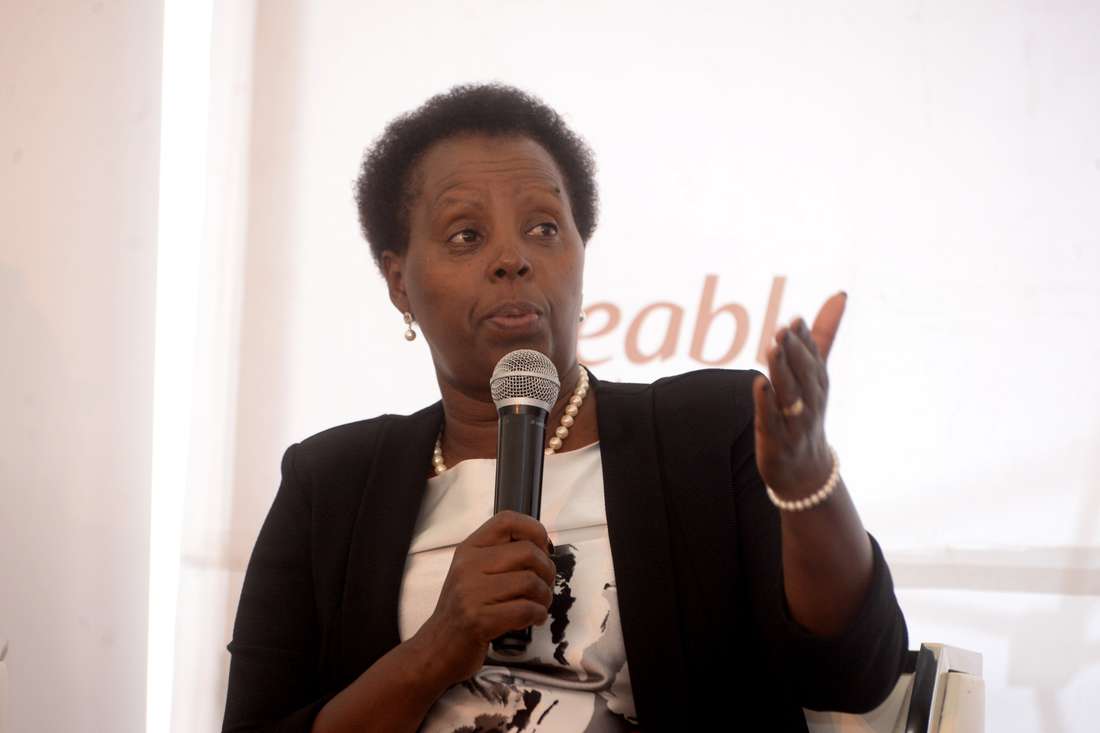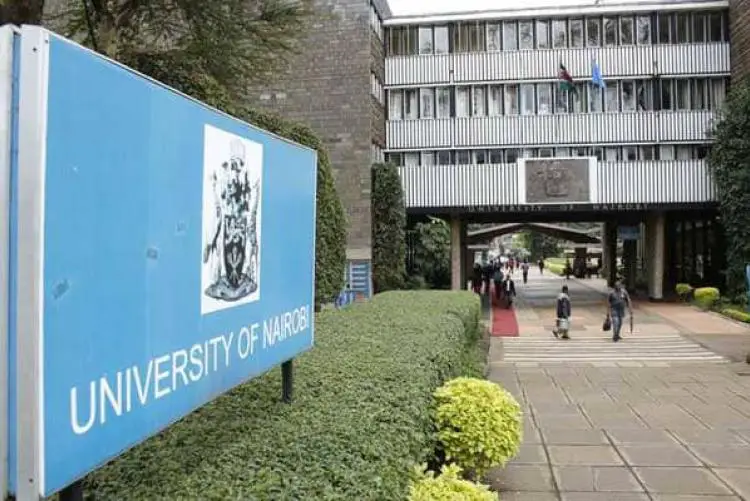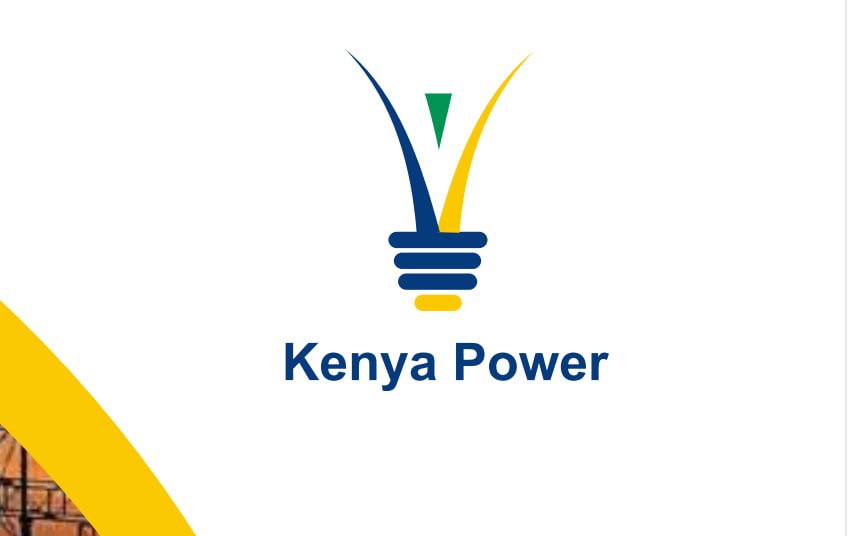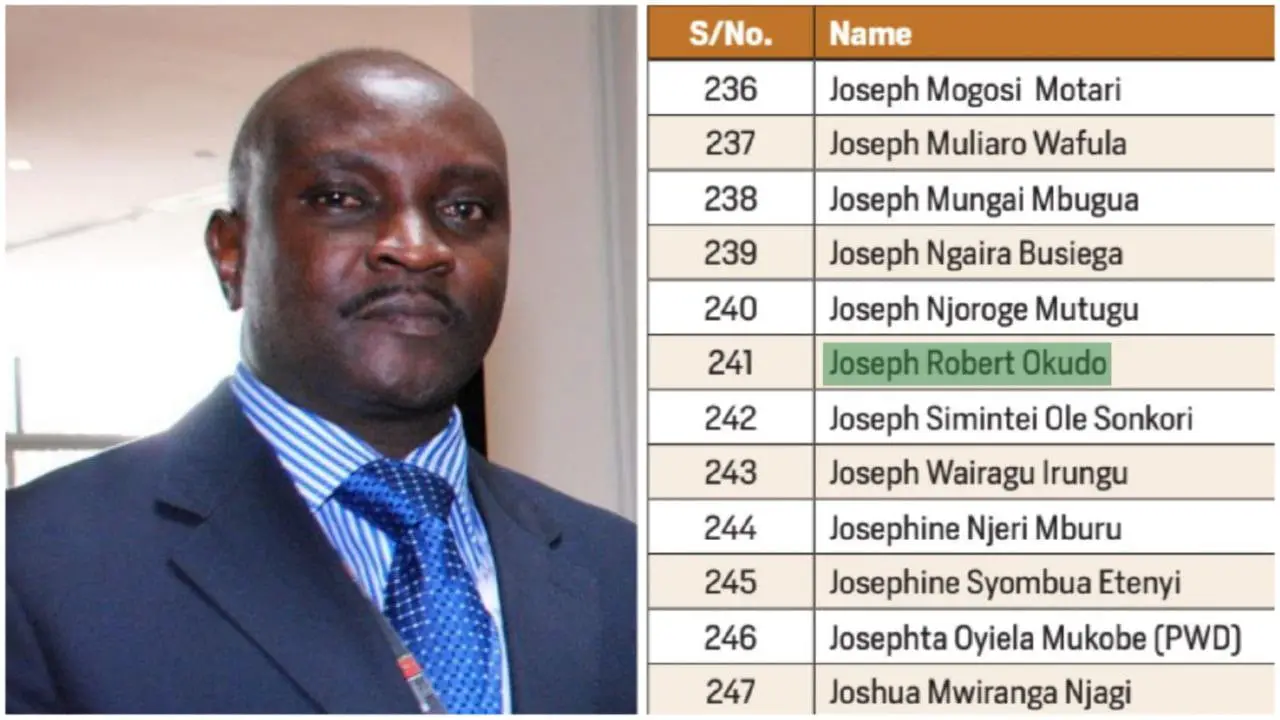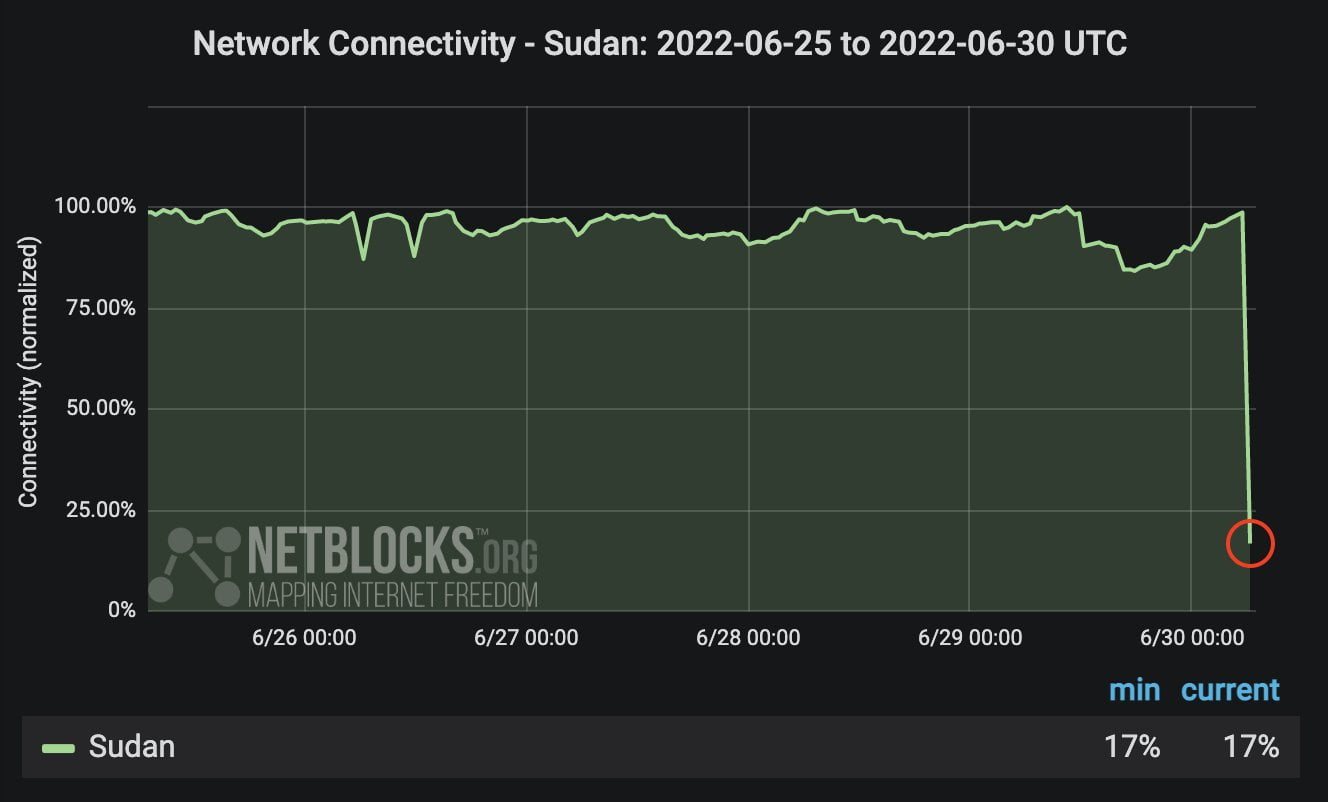[ad_1]
Economy
Rural electricity connections fall after 2017 polls
Sunday, January 12, 2020 22:00
By ELIZABETH KIVUVA

The government has significantly cut investment in the rural electrification after the 2017 polls, official data shows, casting doubt on the stated goal of connecting five million new homes by 2022.
A report by the National Treasury shows no single public primary school was connected in 2018/2019 despite a Sh270bn four-year “universal access to electricity” plan launched by the Energy ministry a year ago.
According to the Treasury’s energy and infrastructure report, only eight schools were connected in the 2017/18 year to meet its target under the Rural Electrification and Renewable Energy Corporation (REREC), formerly Rural Electrification Authority (REA).
By comparison, 1,102 primary schools were connected with electricity in the run up to the 2017 polls, outperforming the 2016/17 target of 615 schools.
Energy Cabinet Secretary was not available to comment for this story by the time of going to press. Rural electrification is generally pegged on distribution of transformers in public facilities like schools and hospitals.
Rural electrification has been part of last-mile connectivity project introduced by the government in 2015 targeting universal access to electricity by 2020 and increase the percentage of households, institutions and businesses in rural areas with access to power from 12 percent at the time.
The project aimed at closing the electricity network in 33 counties (out of 47) spread in rural areas of Kenya.
Over the years, new customers annually connected to the national grid declined from 1,338,849 to 581,639 and 440,822.
However, other projects, including installation of new transformers in constituencies to support the projects have also been subdued to 263, the Treasury attributing the slow electrification by Kenya Power and REREC to budget cuts, delays in getting tax exemptions, delays in clearance of materials at the port of Mombasa and litigation.
The Last Mile Connectivity after the first phase has faced challenges, among them unfair awarding of contracts, billing and unconnected meters.
The government embarked on alternative energy technologies, including the off-grid solutions in December 2018 to provide two million new connections by 2022 through the Kenya National Electrification Strategy.
[ad_2]
Source link



